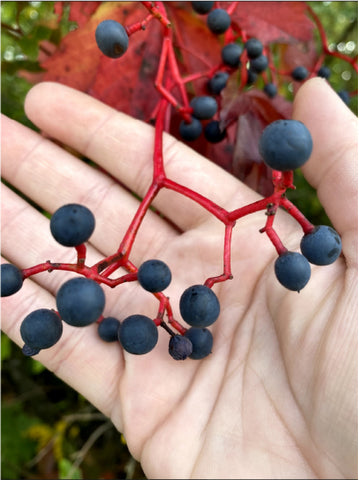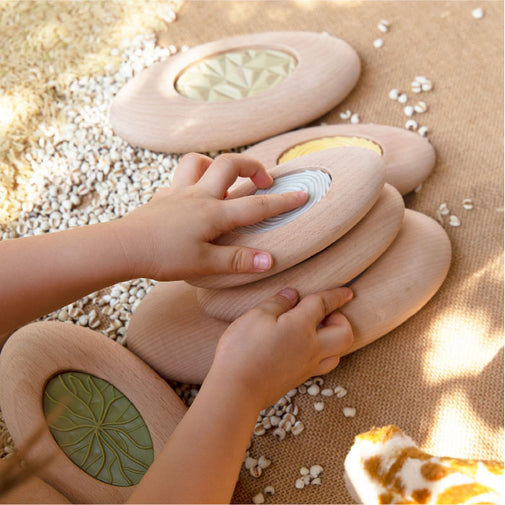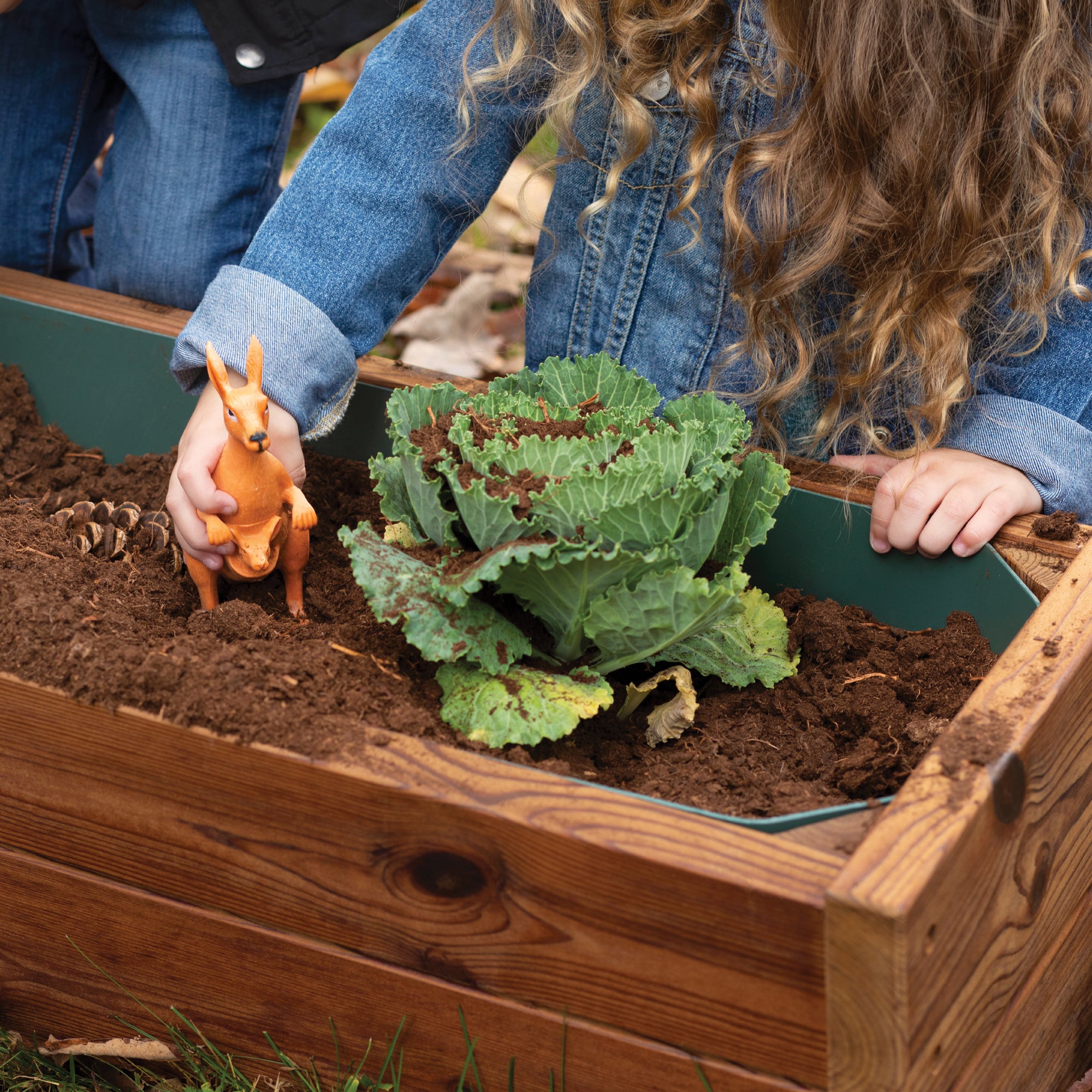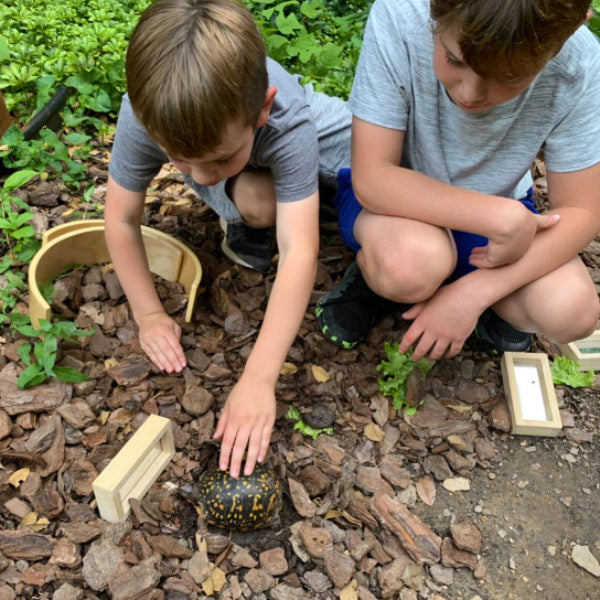Learning with Nature: Math of Plants

Bursts of sunflowers, spirals of a cucumber tendrils, different leaf shapes of the sassafras tree, and the large number of acorns during an oak mast year. These are just a few examples of the rich mathematics opportunities plants provide.

Mathematics is the study of numbers, quantities, shapes, and patterns. There is no better place to study these ideas than in nature where there are tons of items a child could attempt to count, where shapes are seen at every turn, and patterns are the core of everything. Active, varied engagement with math will inspire a life-long love for mathematics.
When done well, math learning objectives integrate a variety of developmental domains at once. In nature, children can physically move to search for and count groups of similar items. A simple prompt, for example, of “How many groups of 5 can we make from different natural items?” will send children scurrying through the woods. In the process they’re not only noticing the world around them and categorizing like-items by shape, but they’re also counting and even subitizing —or quickly counting a small number of items. Specific plant items to count might include nuts (e.g., acorn, hickory), seeds, leaves or leaf bundles (e.g., pine needle bundles), etc.

Counting is just one way of using plants for mathematics learning. The shapes in bark, leaves, and flowers are another way to relate math to the children’s lives. For example, pine needles are straight lines, where other leaves are oval, shaped like hearts or flowers, etc.
Then, adults can prompt children to notice patterns between all of these ideas by asking open-ended questions like, “What does this remind you of?” or “What do you notice that is the same about these leaves?” We can also facilitate children’s understandings of the concept of patterns by making patterns out of found plant materials—maybe even the same items that were used for counting earlier!

Eventually children will begin to see patterns in the world around them without adult prompting. I was recently looking at the berries of a Virginia creeper vine with a 5-year old when she said, “It’s a little tree!” At first one might think oh that’s cute and disregard the comment, but she was noticing the branching that is common in trees. Or, put another way, recognizing a common pattern found in nature.
All of these math-related experiences are not only important for children’s understanding of mathematics, but also connect to other domains. This is particularly true related to science. Not only is mathematics and computation critical to science sense-making, but so is noticing patterns for plant identification, analyzing data, and more.
All this is to say nature, particularly plants, provides rich opportunities for meaningful exploration of math ideas through aesthetically pleasing, active, and playful learning.












